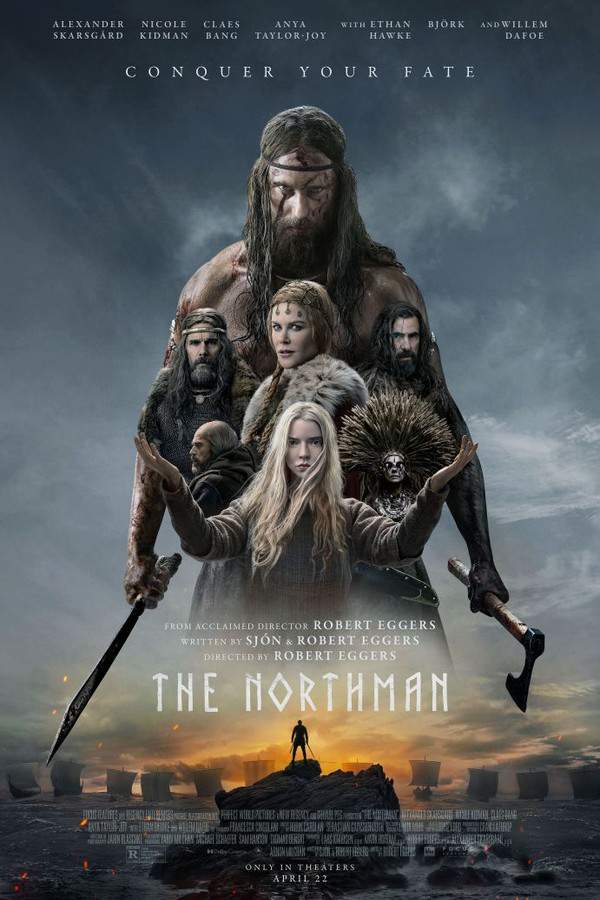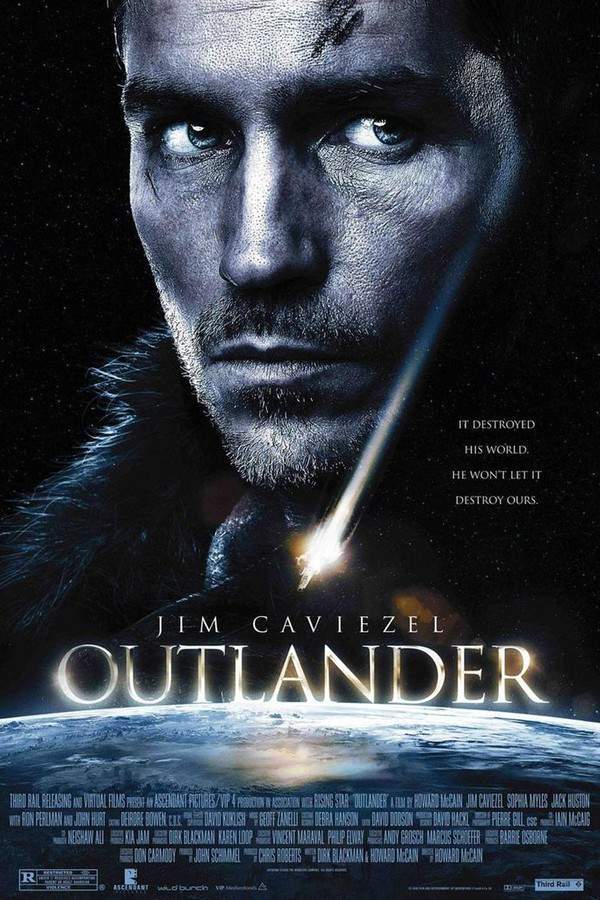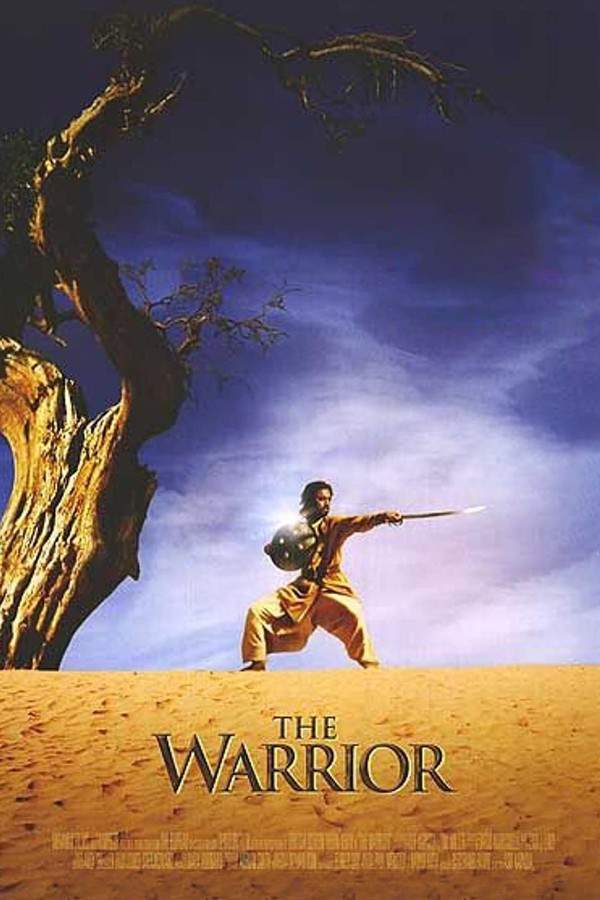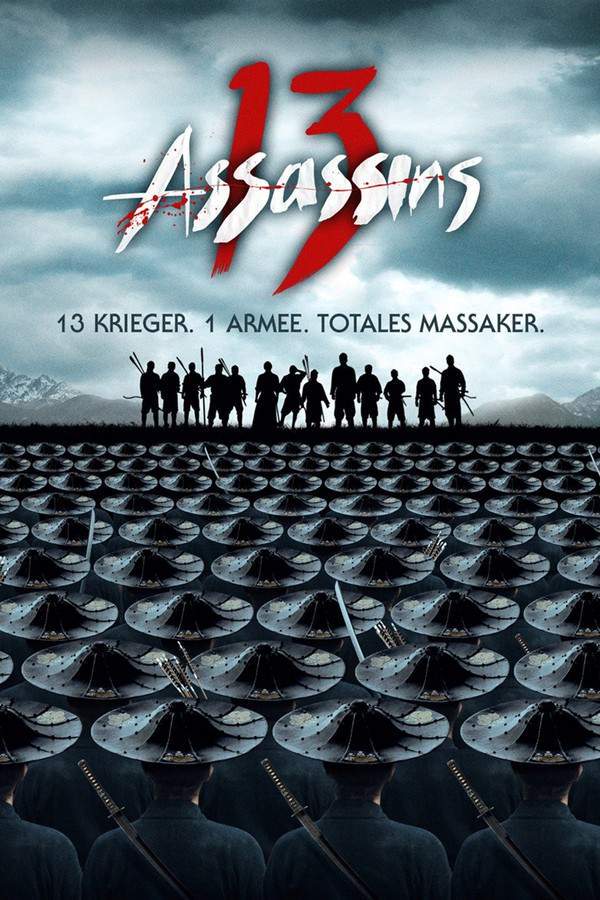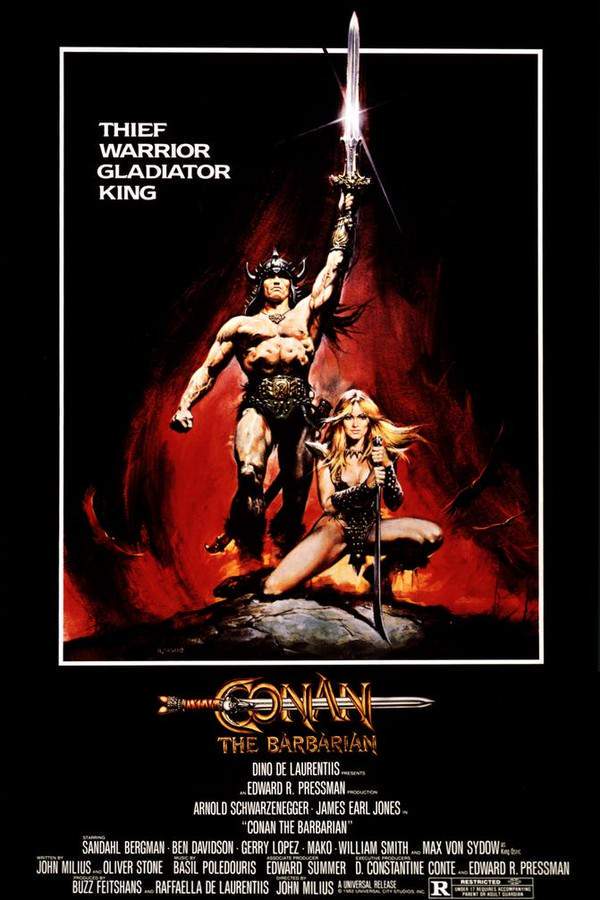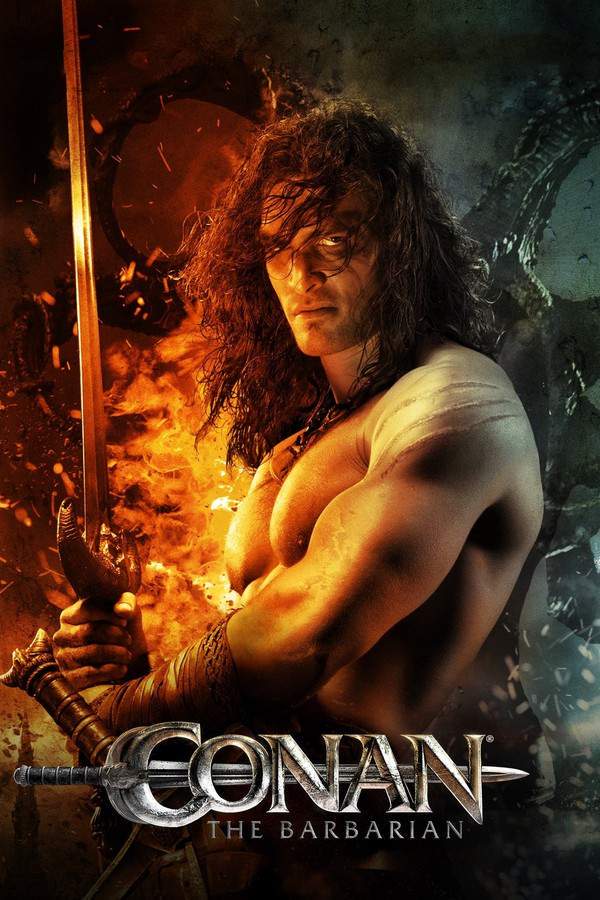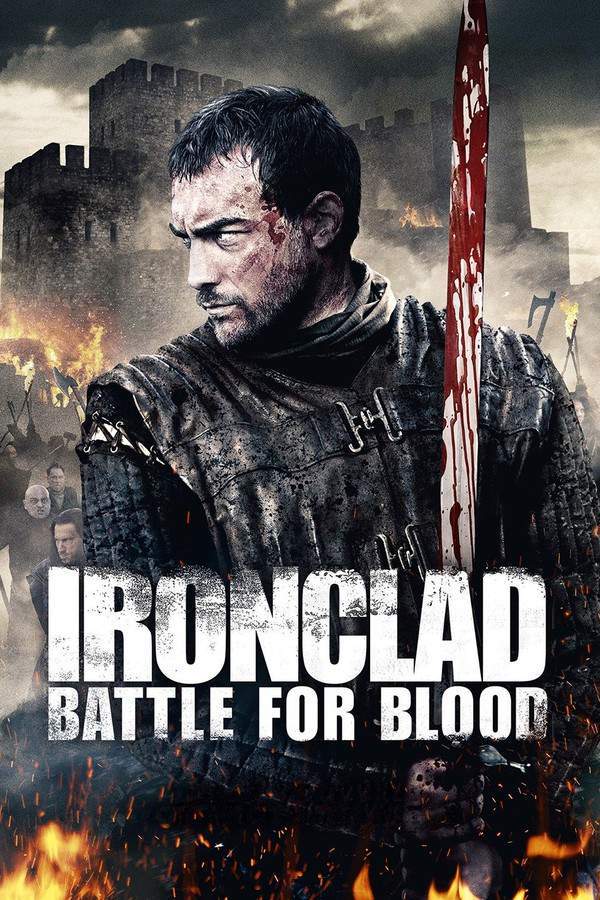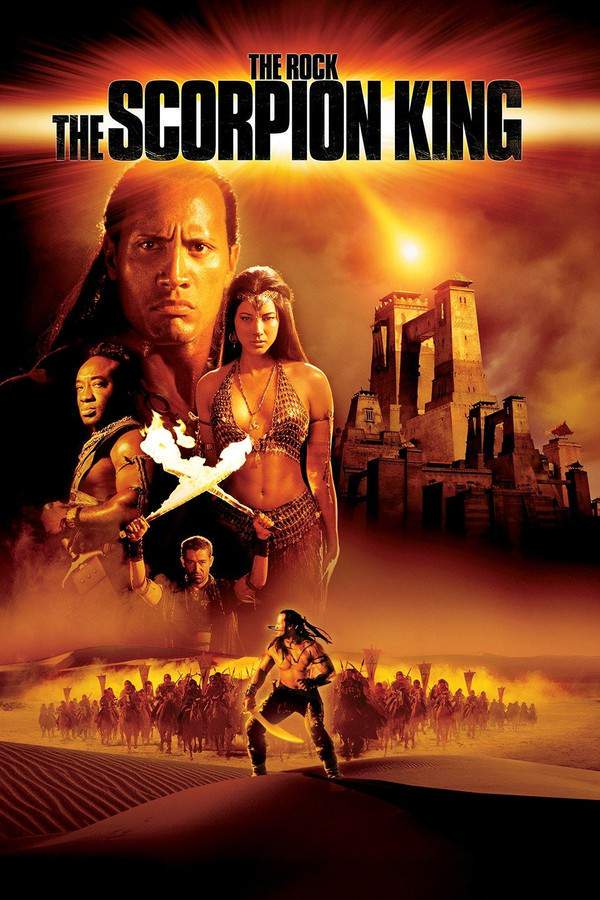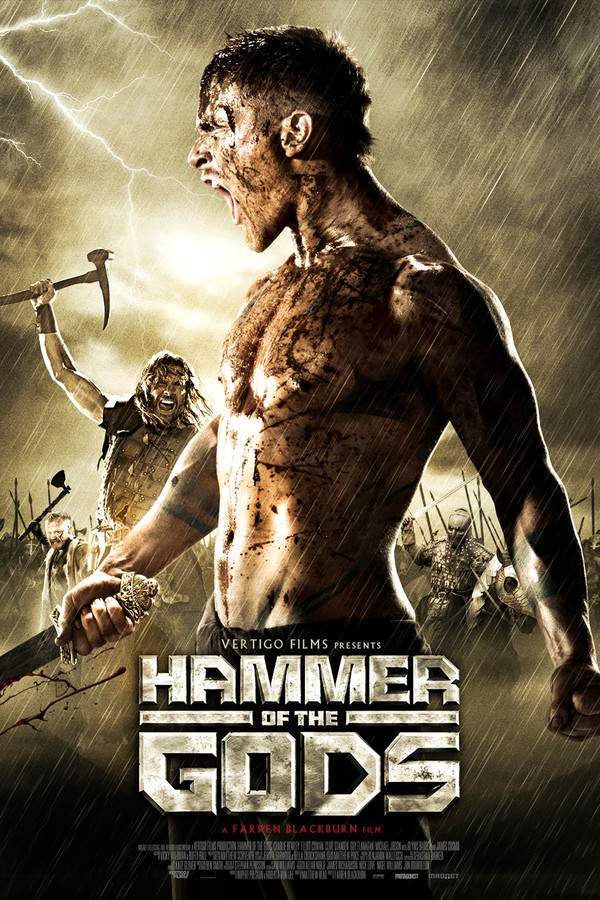
The 13th Warrior 1999
Directed by

Michael Crichton
The 13th Warrior Plot Summary
Read the complete plot summary and ending explained for The 13th Warrior (1999). From turning points to emotional moments, uncover what really happened and why it matters.
Before the arrival of the second millennium in 922 A.D., the vibrant city of Baghdad stood out as the pinnacle of civilization. It is within this illustrious backdrop that Ahmed Ibn Fahdlan, portrayed by Antonio Banderas, a gifted poet enjoying a privileged existence, makes a grave mistake when he attempts to woo a married woman. This indiscretion draws the ire of her jealous husband, who happens to be a friend of the Caliph, resulting in Ahmed being dispatched as an ambassador to the far-flung Nordic realm of Tossuk Vlad—a noble yet dubious exile from his beloved city.
Embarking on a journey with his mentor Melchisidek, played by Omar Sharif, Ahmed’s caravan is set upon by a marauding band of Tartars. However, their pursuit is soon halted when they spot a Viking ship approaching the shore. As they reach the Viking camp, they witness the revelry of a lively celebration. Through the efforts of Melchisidek, Ahmed learns that the raucous festivities are, in fact, a solemn funeral for the late king. It’s here that he meets Buliwyf, the heir apparent, brought to life by Vladimir Khulich. The might of Buliwyf is immediately felt when he swiftly dispatches an attacker, solidifying his claim to leadership amidst the grim events unfolding.
Despite the initial allure of Viking festivities, Ahmed becomes increasingly appalled by their customs—their lack of hygiene and their gruesome human sacrifices do little to endear him to this culture. The following day, a messenger arrives, seeking Buliwyf’s assistance against a mysterious and deadly foe known only as an ancient evil by the Vikings. This prompts a divine claim from an old soothsayer who decrees that a band of thirteen warriors, including Buliwyf, must journey forth to vanquish this threat.
As the selection for warriors progresses, the soothsayer insists that the thirteenth must be a man from the South. With pressure mounting and eyes upon him, Ahmed is reluctantly thrust into the fray and granted a new name—Eban, which the Vikings use to denote him throughout the journey. From this point, Ahmed redirects his efforts to understand his companions, immersing himself in their language and culture. Observing from the sidelines, he studies their interactions until he is able to articulate his thoughts in their tongue when a slight against his mother ignites his passion.
The days unfold with trepidation as Eban impresses Buliwyf with his ability to read and write, revealing his capacity to bridge worlds. Eban’s Arabian horse, far smaller than those of his Viking companions, quickly becomes a point of jest. Nonetheless, through a series of humorous yet defiant displays, he earns their respect when he showcases the horse’s remarkable jumping ability, a feat that is met with admiration from Buliwyf and Herger. A moment arises during their journey where Eban witnesses the Viking’s strength in battling the elements and each other.
Their adventures eventually lead them to Venden, a kingdom devoid of defenses, ruled by King Hrothgar and his disdainful son Wigliff. Within the chaotic backdrop, they learn of the terrifying Wendol—monstrous creatures that terrorize the populace. Eban, witnessing the devastation brought by the Wendol, valiantly participates in the imprisonment of one such creature, revealing them to be mere men disguised in fearsome garb.
As the battle intensifies, Eban finds himself wielding his sword with newfound ferocity, leaving behind the timid poet he once was, transforming into a fierce warrior whose blood runs cold with rage against his enemies. The gruesome conflict takes its toll, and the losses mount, yet a flicker of hope remains in Buliwyf’s bravery and wisdom as he continues to lead them forward even in the face of death.
Alongside his comrades, Eban witnesses the fragility of life, and as they recover from a near-fatal encounter that marks them deeply, a profound sense of brotherhood begins to cultivate amongst the warriors. It becomes evident that the bonds forged in battle run deeper than any differences between them. Ahmed subsequently realizes the purpose behind his journey, facilitating his transformation not only into a warrior but also into a storyteller.
As the warriors prepare for the decisive battle, Buliwyf, weakened yet undeterred, rallies his men with a stirring Viking prayer that would echo through history. In the clashing tides of war, Buliwyf’s valor spurs the men to push back against the Wendols and their merciless onslaught, solidifying his legacy as a true leader and protector.
In the aftermath of battle, with victory secured but loss lingering in the air, Ahmed returns to Baghdad forever changed. Grateful for the life lessons imparted by the Norsemen, he dedicates himself to chronicling the extraordinary saga of his journey with them, ensuring that the tale of the brave warriors—who taught him the meaning of honor, courage, and friendship—will not fade into the mists of time. He writes not just of glory, but of transformation, emerging from his era as the thirteenth warrior destined to carry their legacy forth into history.
The 13th Warrior Timeline
Follow the complete movie timeline of The 13th Warrior (1999) with every major event in chronological order. Great for understanding complex plots and story progression.
Ahmed's Ambitious Pursuit
In the culturally rich city of Baghdad around 922 A.D., young Ahmed Ibn Fahdlan enjoys the life of a poet and scholar. His ambitions lead him to pursue a woman already married, igniting the jealousy of her husband and provoking the ire of the powerful Caliph, which ultimately results in his exile.
Journey Begins
Appointed as an ambassador to the distant North, Ahmed embarks on a journey accompanied by his mentor Melchisidek. Their caravan is ambushed by Tartars, but they escape to the riverside, where they encounter Viking boats approaching the shore, marking the beginning of their fascinating adventure.
Meeting the Vikings
As the caravan halts at a Viking camp for the night, Ahmed witnesses what he initially believes to be a celebration. Through a Greek-speaking Viking named Herger, he learns that the festivities are part of the funeral rites for a recently deceased king, shedding light on Viking customs.
The Call to Battle
The following day, Ahmed learns that the heir Buliwyf is called upon to assist King Hrothgar of Venden against a mysterious evil threatening the land. An old soothsayer foretells their victory, contingent upon the presence of thirteen warriors willing to fight, which inadvertently includes Ahmed.
Eban: The Foreign Warrior
Reluctantly dubbed 'Eban', Ahmed prepares for his unexpected role as a warrior. Despite ridicule regarding his small Arabian horse, Ahmed proves his mettle, earning respect among his fellow warriors while navigating the complexities of Viking culture.
Learning the Language
As the days pass, Eban quietly observes the Vikings, absorbing their language. When insulted, he surprises them by retorting in their tongue, revealing his growth in linguistics, which interests Buliwyf, who learns to write in Ahmed's script.
The First Battle Encounter
During a night raid by the Wendols, Ahmed finds himself thrust into combat for the first time. Though initially outmatched, he survives the encounter but watches as fellow warriors fall, stirring a mix of fear and determination within him.
Strengthening Defenses
After the initial raid, Eban collaborates with the villagers to fortify their defenses. Struggling to wield a Viking sword, he cleverly crafts a scimitar suited for his stature, earning further camaraderie with the Vikings as they bond over challenges faced together.
Tracking the Wendols
With the threat of the Wendols ever-looming, the warriors seek guidance from an ancient seer. She advises tracking the Wendols to their lair, setting off an urgent mission to eliminate the evil lurking in the shadows threatening their very existence.
Infiltrating the Enemy Lair
The remaining warriors stealthily enter the Wendol’s underground hideout, where Buliwyf confronts and kills the Wendol mother. In a harrowing escape, they lose one of their own but manage to flee, while the poison from his wound begins to take its toll on Buliwyf.
Preparing for the Final Battle
As Buliwyf succumbs to his wounds, the villagers and warriors ready themselves for the inevitable showdown with the Wendols seeking revenge. Ahmed, reflecting on his journey, kneels in prayer, seeking strength for the battle ahead and forgiveness for his past.
The Battle of Venden
The climactic battle ensues, as Buliwyf, despite his deteriorating condition, inspires his warriors by reciting a Viking prayer. Ahmed, emboldened by the chaos of war, discovers his courage as he fights alongside his companions, culminating in Buliwyf's victory over the Wendol warlord.
Death of a Leader
After the battle, Buliwyf succumbs to his injuries, passing away as a revered figure. Memorable among his comrades, he is honored with a royal funeral, cementing his legacy as a noble warrior king that the people will remember.
Ahmed's Return
Having learned the value of courage, friendship, and honor from the Vikings, Ahmed returns to his homeland. In homage to Buliwyf's dying wish, he writes about his heroic experiences, transforming from a poet to a well-rounded storyteller of his journey.
The 13th Warrior Characters
Explore all characters from The 13th Warrior (1999). Get detailed profiles with their roles, arcs, and key relationships explained.
Ahmed Ibn Fahdlan (Antonio Banderas)
Ahmed is a gifted poet whose privileged life takes a detour after a romantic misstep leads him into a world of warriors. Throughout his journey, he evolves from a naive observer to an integral part of the Viking culture, embracing his new identity as Eban. His transformation encapsulates the struggle of adapting to a foreign culture while remaining true to oneself.
Buliwyf (Vladimir Khulich)
Buliwyf, the heir apparent, embodies the qualities of a true Viking leader—strength, courage, and tactical prowess. His immediate impact on Ahmed highlights his formidable presence, marrying physicality with responsibility. As he rallies his men against the Wendol, Buliwyf emerges as a symbol of bravery and the indomitable spirit of leadership.
The 13th Warrior Settings
Learn where and when The 13th Warrior (1999) takes place. Explore the film’s settings, era, and how they shape the narrative.
Time period
922 A.D.
The movie is set in the early medieval period marked by the cultural richness of Baghdad and the militant customs of Viking societies. This era saw the interaction of diverse cultures as trade and conflict intertwine, setting the stage for stories of valor and transformation. The impending millennial shift adds a sense of urgency and foreshadowing to the events.
Location
Baghdad, Tossuk Vlad, Venden
Baghdad in 922 A.D. was a vibrant center of civilization known for its culture and scholarly advancements. Tossuk Vlad represents a noble yet rugged Nordic realm, where traditions run deep and warriors gather. Venden is depicted as a beleaguered kingdom under siege, ruled by King Hrothgar, facing the horrors unleashed by the Wendol.
The 13th Warrior Themes
Discover the main themes in The 13th Warrior (1999). Analyze the deeper meanings, emotional layers, and social commentary behind the film.
⚔️
Bravery
The theme of bravery is central to the narrative as characters face overwhelming odds and supernatural threats. Ahmed, initially a timid poet, transforms into a fierce warrior, showcasing the courage needed to confront both internal and external battles. The warriors' solidarity reinforces that true bravery is found in unity and shared purpose.
🧙♂️
Transformation
Transformation serves as a key theme, highlighted by Ahmed's journey from poet to warrior. Throughout the film, he grapples with his identity, ultimately embracing his role among the Vikings. This metamorphosis speaks to the broader human experience of growth through adversity and the forging of new paths in the face of challenges.
🤝
Brotherhood
The bonds of brotherhood among the thirteen warriors emerge as a profound theme, illustrating how shared struggles foster deep connections. As Ahmed learns to navigate his differences with the Vikings, he discovers that camaraderie thrives amidst hardship. Their collective experiences reveal that friendship can transcend cultural divides.
Movies with Similar Twists and Themes
Uncover films that echo the narrative beats, emotional arcs, or dramatic twists of the one you're exploring. These recommendations are handpicked based on story depth, thematic resonance, and spoiler-worthy moments — perfect for fans who crave more of the same intrigue.
Featured on this page

What's After the Movie?
Not sure whether to stay after the credits? Find out!
Explore Our Movie Platform
New Movie Releases (2025)
Famous Movie Actors
Top Film Production Studios
Movie Plot Summaries & Endings
Major Movie Awards & Winners
Best Concert Films & Music Documentaries
© 2025 What's After the Movie. All rights reserved.



